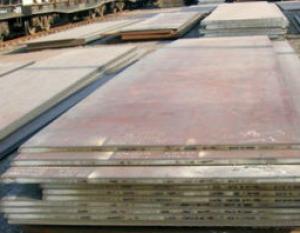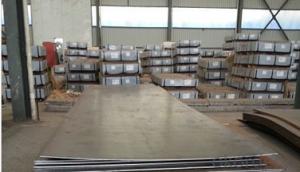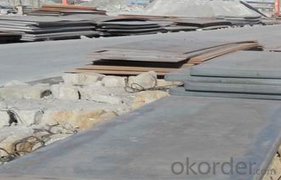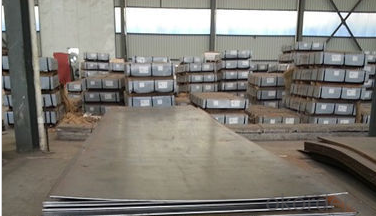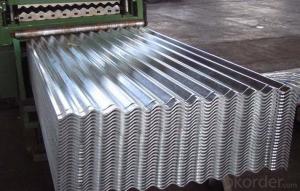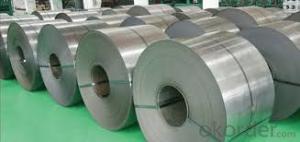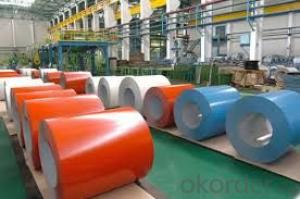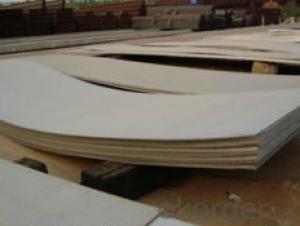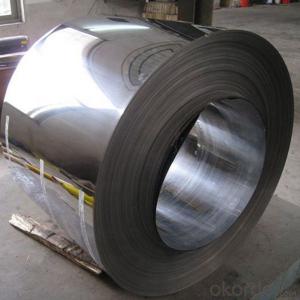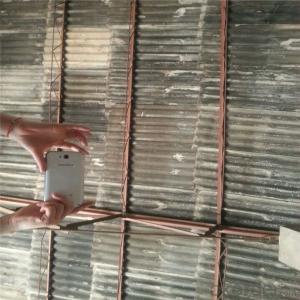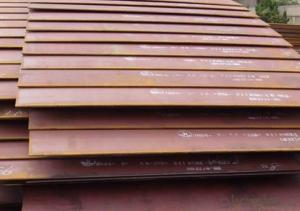Gas Stainless Steel Sheet Price NO. 1CNBM
- Loading Port:
- Qingdao
- Payment Terms:
- TT OR LC
- Min Order Qty:
- 10 pc
- Supply Capability:
- 30 pc/month
OKorder Service Pledge
OKorder Financial Service
You Might Also Like
Quick Details
| Grade: | 300 Series | Standard: | JIS, AISI, ASTM, GB, Other | Length: | 2000-6000mm |
| Thickness: | 0.3-80mm | Width: | 1000-2000mm | Place of Origin: | |
| Brand Name: | huaye | Model Number: | 316 | Type: | Plate |
| Application: | Foodstuff, Gas, metallurgy, biology, electron, chemical, petroleum, | Certification: | SGS |
Packaging & Delivery
| Packaging Details: | Standard export sea-worthy packing in wooden pallet. |
| Delivery Detail: | Normally 15-20 days |
Specifications
1)Surface: NO. 1, 2B, BA, NO. 3, NO. 4, HL, NO. 8 and so on.
2)Tickness: 0.3 to 4.0mm
3)Width: 31 to 1524mm
Specifications
1)Surface: NO. 1, 2B, BA, NO. 3, NO. 4, HL, NO. 8 and so on.
2)Tickness: 0.3 to 4.0mm
3)Width: 31 to 1524mm
4)Use: Decoation, industry etc.
About Products
1. We are a great agents of Chinese famous mills Baosteel, Tisco, Jisco, for S. S. Products, and some international famous mills POSCO, OUTOKUMPU.
2. Special dimension are acceptable.
3. Cutting & Slitting services are available.
4. Swift Lead time (usually about 20 days for ex-stock and processing).
5. Mill Inspection Certificate and Origin can be provided.
6. All material mentioned are in prime grades.
7. Coil weight: 05 to 20 tons(mainly).
8. We can supply materials with various surfaces(NO. 1, 2B, BA, NO. 3, NO. 4, HL, NO. 8)
Service Concept
The first customers become lifelong customers.
Others:
If you want to purchase some products to test the market, we can lower the MOQ
Delivery: Normally 15-20 days
Productivity: 5000-6000 tons/month
Packing: Standard export sea-worthy packing in wooden pallet
- Q: Can steel sheets be recycled without losing their properties?
- Yes, steel sheets can be recycled without losing their properties. Steel is a highly recyclable material, and the recycling process does not affect its inherent properties such as strength, durability, and corrosion resistance. Recycling steel sheets helps conserve natural resources, reduces energy consumption, and minimizes environmental impact.
- Q: What is the average thickness tolerance for steel sheets?
- The specific grade and manufacturing process can cause the average thickness tolerance of steel sheets to vary. Nonetheless, the industry standard for cold-rolled steel sheets is typically ±0.005 inches (0.13 mm) for sheets up to 36 inches wide, and ±0.010 inches (0.25 mm) for sheets wider than 36 inches. In the case of hot-rolled steel sheets, the average tolerance is usually higher and ranges from ±0.010 inches to ±0.060 inches (0.25 mm to 1.52 mm) depending on the sheet's thickness and width. It is worth noting that these values are averages, and manufacturers may establish their own tolerances based on customer demands and production capabilities.
- Q: Can the steel sheets be used for industrial machinery?
- Yes, steel sheets can be used for industrial machinery. Steel is a popular choice for the construction of industrial machinery due to its high strength, durability, and resistance to wear and tear. Steel sheets can be shaped, cut, and welded to create various components and parts required in industrial machinery. The versatility of steel allows manufacturers to design and fabricate machinery with precise specifications and requirements. Moreover, steel's ability to withstand heavy loads, extreme temperatures, and corrosive environments makes it suitable for use in a wide range of industrial applications.
- Q: Can steel sheets be used in electrical applications?
- Yes, steel sheets can be used in electrical applications. They are commonly used as magnetic cores in transformers and other electrical machines. Additionally, steel sheets are often used as a protective casing or enclosure for electrical equipment.
- Q: Can the steel sheets be easily drilled or machined?
- Yes, steel sheets can be easily drilled or machined. Steel is a versatile material that can be easily worked with using various tools and techniques. Drilling and machining steel sheets is a common practice in industries such as construction, manufacturing, and engineering. With the right equipment and expertise, steel sheets can be drilled or machined to create holes, shape the material, or achieve specific dimensions as needed for a particular application.
- Q: What is the weight of a steel sheet?
- The weight of a steel sheet can vary depending on its dimensions, thickness, and density.
- Q: How do steel sheets perform in seismic zones?
- Steel sheets perform well in seismic zones due to their high tensile strength and ductility. They have the ability to absorb and redistribute energy during seismic events, reducing the risk of structural failure. Additionally, steel structures can be designed to be flexible and resistant to lateral forces, making them a preferred choice for buildings in areas prone to earthquakes.
- Q: Are the steel sheets resistant to chemicals?
- Yes, steel sheets are generally resistant to chemicals due to their inherent durability and corrosion-resistant properties. However, the specific resistance can vary depending on the type of chemical and the grade of steel used. It is advisable to consult with manufacturers or experts to determine the suitability of steel sheets for specific chemical applications.
- Q: What are the different strength properties of steel sheets?
- The different strength properties of steel sheets include yield strength, tensile strength, and elongation. Yield strength refers to the maximum amount of stress a material can withstand without permanent deformation. Tensile strength is the maximum amount of stress a material can handle before breaking. Elongation is the measure of how much a material can stretch or deform before breaking. These strength properties are important factors to consider when determining the suitability of steel sheets for various applications.
- Q: What's the difference between a spray plate and a colored steel plate?
- Plastic sheet, first can choose the thickness and material on the plate, and then spray processing, and then processing the plastic powder color and quality can choose according to your requirements, general plastic plate from high-end to low-end can meet your requirements, if you need to own production will be cumbersome!
Send your message to us
Gas Stainless Steel Sheet Price NO. 1CNBM
- Loading Port:
- Qingdao
- Payment Terms:
- TT OR LC
- Min Order Qty:
- 10 pc
- Supply Capability:
- 30 pc/month
OKorder Service Pledge
OKorder Financial Service
Similar products
Hot products
Hot Searches
Related keywords
